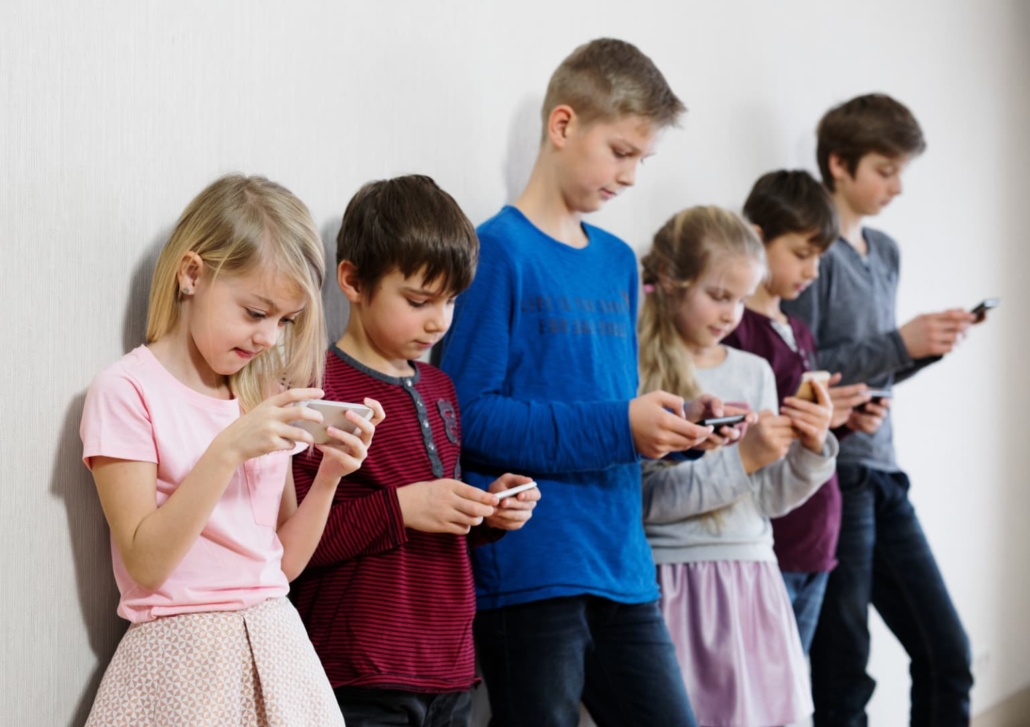New ‘Disembodied Disconnect Hypothesis’ reveals hidden costs of online socialising
A novel perspective on how digital technologies affect human sociality and mental health has been proposed by researchers in a study published in the journal Cyberpsychology, Behavior and Social Networking [1]. The “Disembodied Disconnect Hypothesis” offers a nuanced view of the complex relationship between digital technology use and social cohesion.
The core of the hypothesis
The researchers, Giuseppe Riva, Brenda K. Wiederhold, and Fabrizia Mantovani, propose that rather than fundamentally rewiring cognitive structures, digital platforms are altering the landscape of human sociality in significant ways. Their hypothesis suggests that online interactions lack crucial “we-mode” processes such as behavioural synchrony, shared attention, interbrain coupling, and emotional attunement, which are fundamental to interpersonal bonding and collective identity formation.
This “disembodied disconnect” can potentially exacerbate existing social inequalities and mental health issues, particularly for those already struggling with loneliness and social anxiety. While digital platforms offer new avenues for interaction, they may inadvertently create a divide between those who can effectively accrue social capital online and those who cannot.
The neurobiological foundations of social cohesion
The researchers argue that historically, communities have arisen through face-to-face interactions in shared physical spaces. These interactions engage integrative “we-mode” processes that are not mere side effects of social interaction but are fundamental to interpersonal bonding, the formation of collective identities, and the equitable distribution of social capital across diverse groups.
For example, behavioural synchrony in communal rituals has been shown to increase prosocial behaviour and in-group cohesion. Similarly, interbrain coupling during face-to-face dialogue correlates with mutual understanding and empathy. Digital technologies, by their very nature, remove these physical boundaries, granting individuals unprecedented freedom to choose their activities and social groups. However, this freedom comes at a cost: a significant reduction in the activation of “we-mode” cognitive processes.
The double-edged sword of digital sociality
The study acknowledges that digital platforms can have positive effects, especially for individuals with strong social skills, by reducing feelings of isolation. During the COVID-19 pandemic, for instance, online gaming emerged as a primary socialising tool for children and teens. Moreover, social media can reduce feelings of isolation by facilitating connections across geographical and temporal boundaries.
However, the researchers point out that for individuals unable to engage in “we-mode” processes due to social problems and loneliness, digital interactions can exacerbate social anxiety, inhibit communication skills, and lead to problematic social media use. This situation can trap individuals in a cycle of reduced offline social support and heightened mental health issues.
Implications for mental health and social equality
The “Disembodied Disconnect Hypothesis” suggests that the digital shift creates a divide between those who can effectively accrue social capital online and those who cannot. This presents both challenges to youth well-being and opportunities for devising strategies to alleviate mental health risks.
The researchers argue that understanding this disembodied disconnect can help us better harness the benefits of digital platforms while mitigating their risks, particularly for vulnerable populations. They suggest that key strategies should include continuing to cultivate rich personal relationships within face-to-face communities and investing in shared physical experiences, collaborative activities, active listening, and empathic connection with an aim toward genuine social connectedness.
A call for continued research
The study emphasises the importance of continued research in this area to better understand how different uses of digital technologies affect various aspects of children’s lives. By employing measures like those outlined in the study, the researchers believe we can teach children to successfully navigate the transformed social landscape of the 21st century.
Conclusion
The “Disembodied Disconnect Hypothesis” offers a fresh perspective on the ongoing debate about the impact of digital technologies on mental health, particularly among youth. By moving beyond simplistic narratives of technology as either wholly beneficial or detrimental, this hypothesis provides a more nuanced understanding of the complex relationship between digital technology use and mental health outcomes.
Reference:
Riva, G., Wiederhold, B. K., & Mantovani, F. (2024). The Disembodied Disconnect Hypothesis: How Online Interactions Undermine Neurobiological Foundations of Social Cohesion. Cyberpsychology, Behavior, and Social Networking. Advance online publication. https://doi.org/10.1089/cyber.2024.0334


